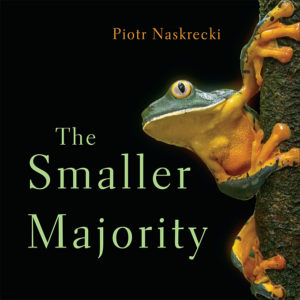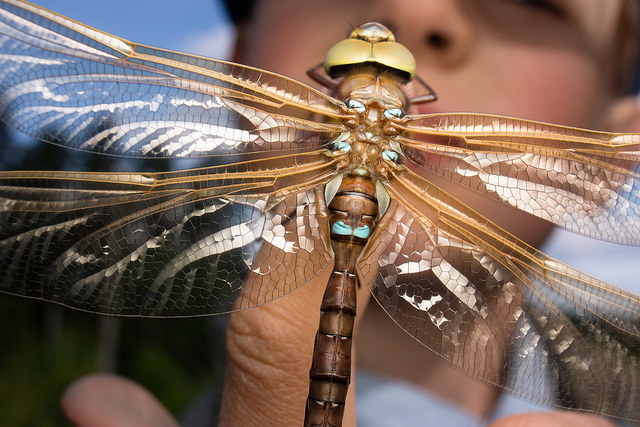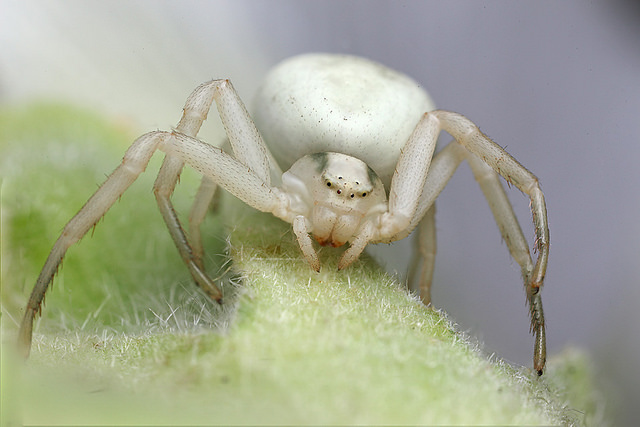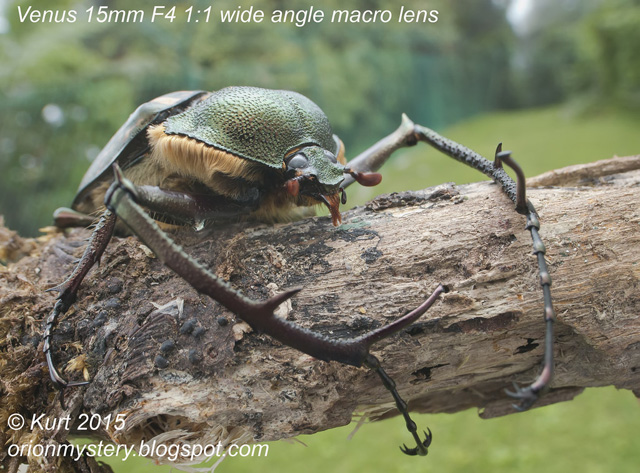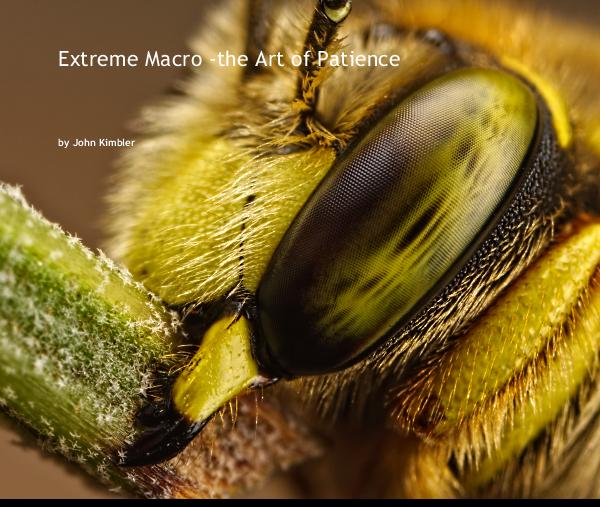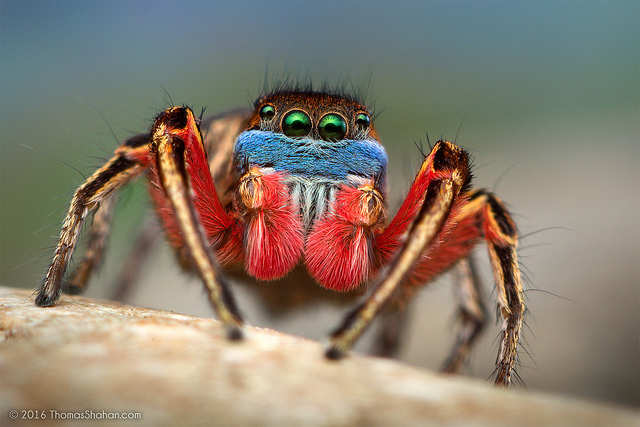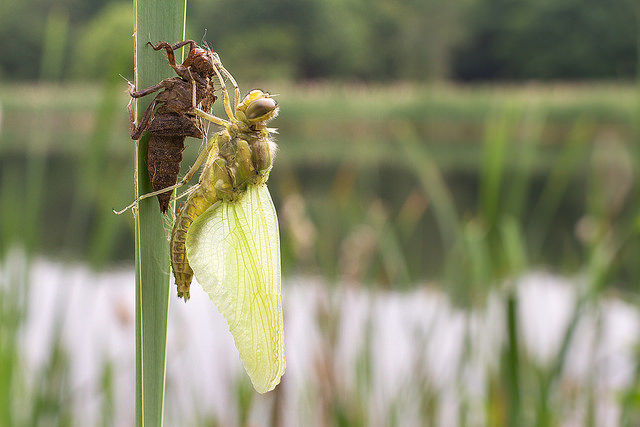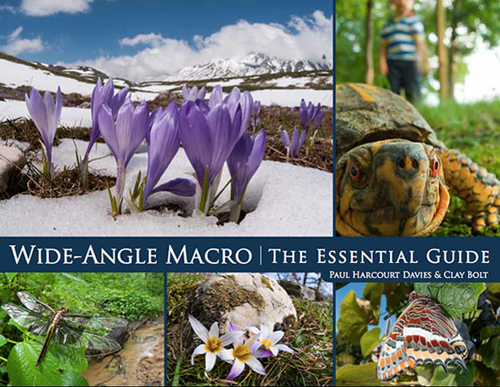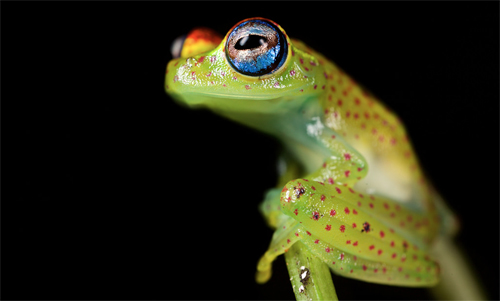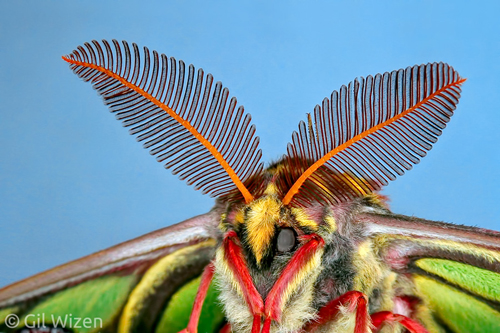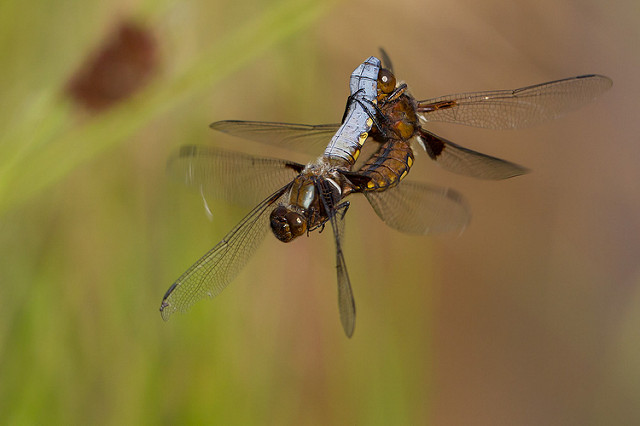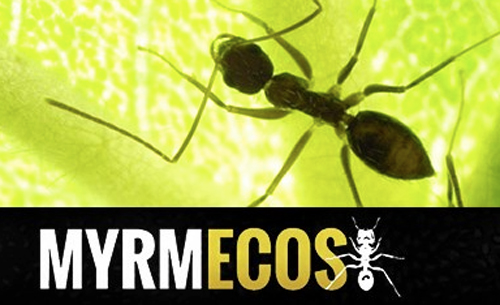“No man is an island, entire of itself;
everyman is a piece of the continent, a part of the main.”
John Donne, 1624
No one person is entirely self-sufficient and as human beings we are all interconnected with each other and the environment in which we depend. Within the smaller context of photography, I feel particularly grateful to many photographers who have not only provided useful tips on technique and style but more importantly have also given me inspiration. I have compiled a list of some of the influential photographers that I admire.
All these photographers have mastered the essential elements of focus, composition and light. Some excel in natural light while others prefer to use flash. What they all have in common is a passion for the natural world and particularly for the insects that the land’s ecosystems depend upon.

